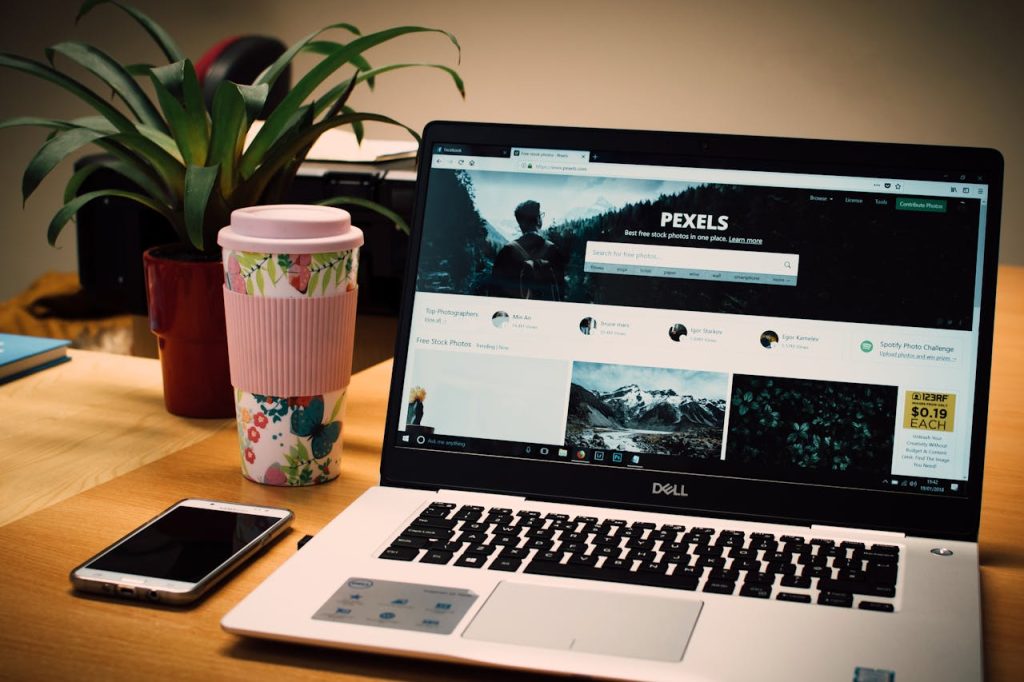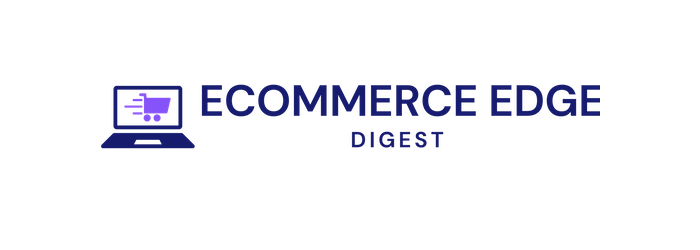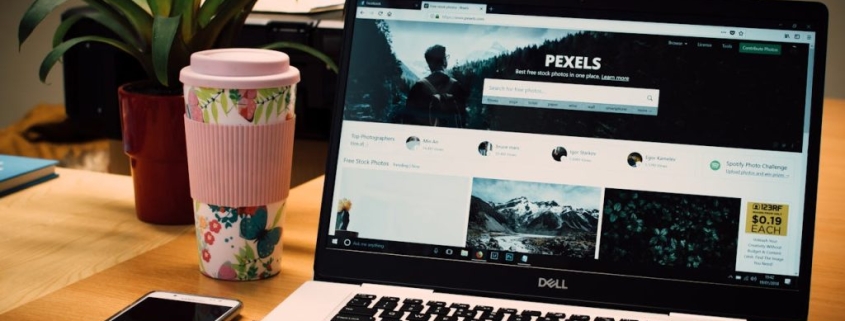Crafting Landing Pages That Convert: A Balanced Guide

In the bustling digital marketplace, a landing page is more than just a virtual welcome mat — it’s the decisive crossroads were curiosity turns into action. Crafting landing pages that truly convert requires a delicate balance between persuasive design, compelling content, and seamless user experience. This guide aims to navigate that fine line, offering practical insights and thoughtful strategies to help you create landing pages that not only attract visitors but also inspire meaningful engagement. Whether you’re a seasoned marketer or just starting out, mastering this art can transform casual clicks into lasting connections.
Understanding Your Audience to Drive Effective Design
The foundation of a high-converting landing page lies in truly grasping who your visitors are and what they seek. When you dive deep into your audience’s demographics, interests, and pain points, you transform generic design choices into tailored experiences that resonate on a personal level. Elements such as color palettes, font styles, and imagery should echo the preferences and expectations of your ideal customer, creating an intuitive surroundings where the value proposition feels clear and compelling. Consider the various stages of the buyer’s journey — awareness, consideration, and decision — and craft messaging that aligns perfectly with each step, ensuring visitors feel guided and understood rather than overwhelmed or lost.
To visualize the essential audience characteristics and their impact on design decisions, here’s a rapid reference table highlighting key traits alongside design considerations:
| Audience Trait | Design Impact | Example Element |
|---|---|---|
| Tech-savvy Millennials | Modern, Minimalistic Layouts With Fast Loading | Interactive Animations |
| Busy Professionals | Clear, Concise Copy With Prominent CTAs | Sticky Header With Contact Info |
| Cost-conscious Shoppers | Emphasize Discounts and Savings | Highlight Pricing Tiers |
Ultimately, exploring the nuances of your target audience not only informs design but also sharpens focus on what actions you want visitors to take. Keep an eye out for these practical insights:
- Psychographics: Understand values, attitudes, and lifestyles to connect emotionally.
- Device Preferences: Optimize for mobile or desktop depending on user habits.
- Content Consumption: Tailor content types — videos, blogs, infographics — for maximum engagement.
Mastering Persuasive Copy That Sparks Action
To truly ignite action, your copy must resonate on both a logical and emotional level. Start by pinpointing the core problem your audience faces and vividly painting the relief your solution offers. Use clear, concise language that eliminates ambiguity and drives the message home. Persuasive copy thrives when it speaks directly to the reader’s desires and hesitations, converting passive skimmers into engaged prospects. Remember, every phrase should serve a purpose — whether it’s building trust, increasing urgency, or clarifying value.
Crafting compelling persuasive text involves a strategic balance between benefits and credible proof points. Here’s a handy checklist to ensure your copy strikes the right chord:
- Emotionally Connect: Use storytelling or relatable scenarios.
- Clear Call-to-action: Make it unmissable and simple to follow.
- Social Proof: Include testimonials, ratings, or case studies.
- Benefit-driven Headlines: Highlight what users gain immediately.
- Address Objections: Preempt doubts with reassuring details.
| Copy Element | Purpose | Example |
|---|---|---|
| Headline | Grab Attention | “Boost Your Sales in 30 Days” |
| Subheadline | Clarify Promise | “Simple Steps That Deliver Measurable Growth” |
| CTA Button | Drive Action | “Get Started Now” |
| Testimonial | Build Trust | “This Helped Me Double Conversions!” |
Optimizing Visual Elements for Clarity and Engagement
Visual elements are the unsung heroes of a high-converting landing page. When optimized thoughtfully, they don’t just decorate — they guide visitors effortlessly through your message. Prioritize simplicity and purpose by choosing images, icons, and graphics that support your core value proposition without overwhelming the user. Use whitespace strategically to create breathing room, allowing each element to stand out clearly. Color contrast and typography also play pivotal roles; they should work harmoniously to direct attention to key actions, such as CTA buttons or headline highlights, making it instinctive for visitors to know where to focus.
Consider incorporating these visual best practices to enhance engagement:
- Consistent Color Palette: Reinforce brand identity while emphasizing vital elements.
- High-quality, Authentic Images: Build trust through relatable visuals.
- Clear Iconography: Simplify complex details with intuitive symbols.
- Visual Hierarchy: Layer content to prioritize what matters most.
| Visual Element | Best Practice | Impact |
|---|---|---|
| Hero Image | Relevant & Emotionally Resonant | Grabs Attention |
| CTA Button | Bold Contrast & Clear Text | Boosts Click-Through |
| Icons | Simple & Meaningful | Enhances Comprehension |
| Whitespace | Generous & Balanced | Increases Readability |
Leveraging Analytics to Refine and Boost Conversion Rates
Data is the secret weapon behind high-converting landing pages. By diving deep into user behavior and engagement metrics, you can uncover valuable insights that illuminate what’s working and what needs a tweak. Tools like heatmaps, session recordings, and A/B testing aren’t just buzzwords — they’re essential instruments that help pinpoint where visitors hesitate, what grabs their attention, and which elements drive actions. Understanding bounce rates, click-through paths, and conversion funnels lets you craft more intuitive and persuasive user experiences that steadily improve performance.
To harness these insights effectively, focus on analyzing:
- Visitor Demographics: Tailor content and CTAs based on who’s landing on your page.
- Engagement Metrics: Track scroll depth and time spent to gauge interest levels.
- Conversion Behavior: Identify drop-off points to refine form length or button placements.
| Metric | Insight | Action |
|---|---|---|
| Click-through Rate (CTR) | Low CTR on CTA Button | Experiment With Button Color and Copy |
| Bounce Rate | High Exit on Hero Section | Revise Headline to Be Clearer |
| Form Completion | Drop-off at Step Two | Simplify Form Fields |
Final Thoughts…
Crafting landing pages that truly convert is both an art and a science — a careful balance of creativity, strategy, and empathy. By blending compelling design, clear messaging, and user-centric elements, you create not just a page, but an experience that resonates and motivates action. Remember, the best landing pages don’t just capture clicks; they build trust and guide visitors smoothly toward your goal. With these balanced insights in hand, you’re well-equipped to turn each visitor into a meaningful connection.





![[Aggregator] Downloaded image for imported item #1235](https://ecomedgedigest.com/wp-content/uploads/2025/08/IMG_0776-1024x683-1-180x180.jpeg)
![[Aggregator] Downloaded image for imported item #1253](https://ecomedgedigest.com/wp-content/uploads/2025/08/IMG_0795-1024x621-1-180x180.jpeg)
![[Aggregator] Downloaded image for imported item #1149](https://ecomedgedigest.com/wp-content/uploads/2025/08/IMG_0732-1024x683-1-180x180.jpeg)


Leave a Reply
Want to join the discussion?Feel free to contribute!